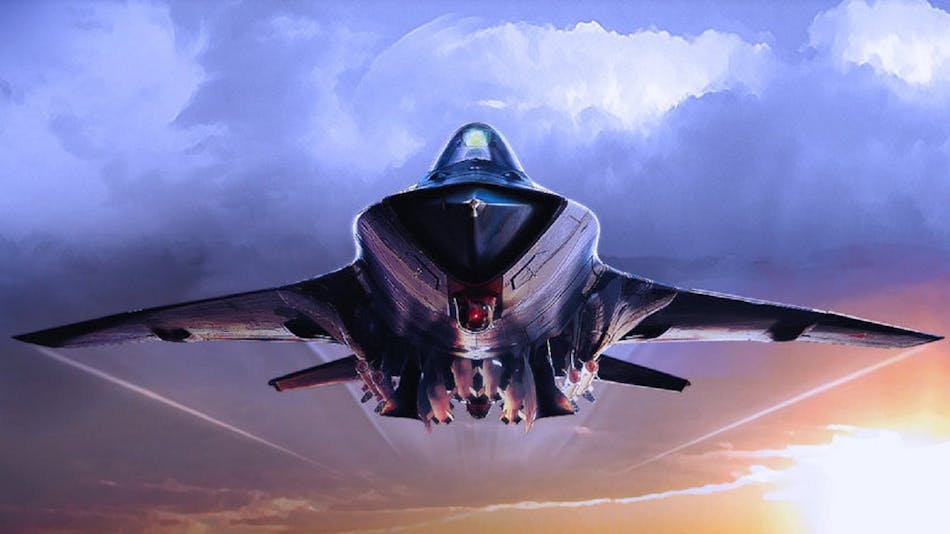SOURCE: AFI

Russia is aiming for high-speed dominance in the skies with the anticipated launch of the MiG-41, a sixth-generation fighter jet boasting hypersonic capabilities. This highly classified project promises a Mach 4.3 cruising speed, potentially surpassing competitor aircraft.
The MiG-41’s development hinges on the successful creation of a pulse-detonation engine, a technological hurdle that could delay the initial 2025 launch target. Details regarding the MiG-41’s weaponry remain shrouded in secrecy, but speculation suggests it might carry R-37 missiles and a novel multi-purpose interceptor missile system capable of handling hypersonic threats with multiple warheads.
Interestingly, Russia seems to be prioritizing speed over stealth technology with the MiG-41. This approach leverages their existing expertise in high-performance engines while incorporating modern materials and design principles.
An additional potential game-changer could be the integration of an electromagnetic pulse (EMP) gun into the MiG-41. This theoretical “energy gun” being developed by Russia might significantly expand the range of targets the fighter can engage.
However, the EMP gun’s development raises concerns about potentially outshining Russia’s current Su-57 fighter and the upcoming MiG-41 itself. While the official purpose remains unclear, some sources suggest a less powerful version of the EMP gun could serve as a deterrent against drones and unmanned aerial vehicles (UAVs).
The success of the MiG-41 project hinges on overcoming the engine development challenge. If achieved, Russia could possess a formidable aerial weapon with unmatched speed and potentially revolutionary weaponry.